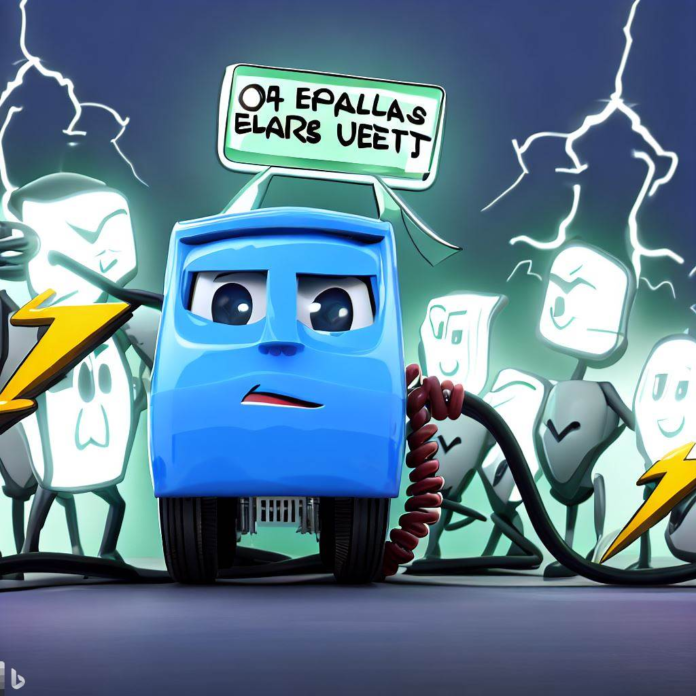Late last Saturday, The New York Times accidentally uncovered a hushed-up plan by the Environmental Protection Agency (EPA), intending to launch a “Battle of the Electric Chargers.” Humor aside, the EPA is supposedly setting its sights on requiring a whopping 67% of new vehicles purchased in the U.S. by 2032 to be all-electric cars. This dramatic plot twist is expected to be announced by EPA Administrator Michael “Recharge” Regan in Detroit this week.
These proposed limits are so aggressive they could be called climate regulations on steroids. Automakers will face more challenges than a contestant on American Ninja Warrior – but, of course, with less jumping and more charging.
By 2030, if the EPA has its way, electric cars will be selling like hotcakes, representing between 54% and 60% of new cars in the U.S. That number will then skyrocket to 64% to 67% by 2032. Ambitious? Yes. Unrealistic? Well, considering electric cars only made up 5.8% of sales in 2022, they might as well be reaching for the moon.

President Joe Biden, no stranger to stretching targets, set his own goal, aiming for 50% electric car sales by 2030. But the EPA, in a bold move, decided to up the ante.
Though mum’s the word on specific details, an EPA spokesperson told CNBC in a statement, “As directed by the president in an executive order, the EPA is developing new standards to push the pedal to the metal, zooming into a zero-emissions transport future like a Batmobile on a mission.”
Automakers have already started the race to the EV finish line, investing big bucks in the electric vehicle revolution. However, navigating the fast lane demands Herculean efforts, like erecting a colossal network of charging stations. Elon Musk, anyone?
The Biden administration, ever the cheerleader, hopes that by 2030, America’s streets will boast over 500,000 electric chargers, with Tesla, GM, Ford, and ChargePoint leading the charge (pun intended).
Sealing the deal requires consumers to embrace this electric dream with open wallets. It’s up to the auto heroes to keep technology costs from driving them away—or we’ll face more than just a bumpy road ahead.

